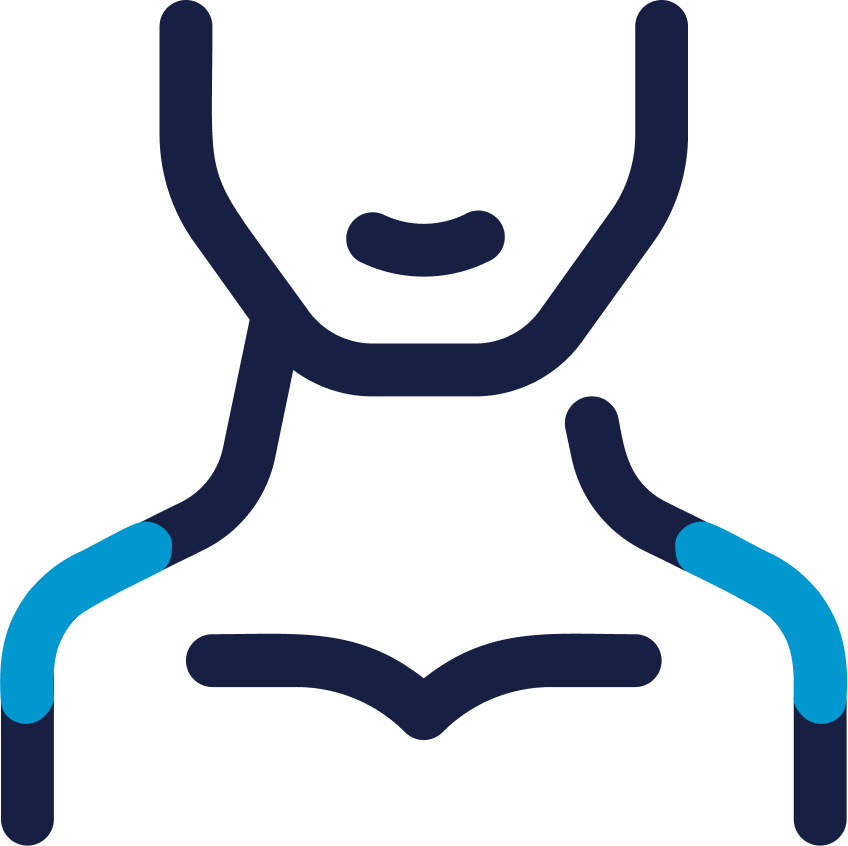
- Specialty Procedures
- /Shoulder

A SLAP tear is an injury to the labrum of the shoulder, which is the cartilage ring surrounding the shoulder joint socket. However, there are several different types of SLAP tears. Your surgeon will determine how best to treat the injury while performing a Shoulder Arthroscopy to evaluate it fully.
The repair may require simply removing the torn part of the labrum or reattaching the torn piece using sutures. The painful symptoms of some SLAP injuries are relieved by releasing the biceps tendon attachment instead of repairing the injury with sutures.
Your surgeon will decide the best treatment option based on your tear type. Your age, activity level, and the presence of any other injuries seen during the Shoulder Arthroscopy will also be determining factors.
If your pain does not improve with nonsurgical methods such as physical therapy or a regimen of nonsteroidal anti-inflammatory medication like ibuprofen and naproxen to reduce pain and swelling, your physician may recommend surgery.
Shoulder Arthroscopy is the most common surgical technique for treating a SLAP injury. During an arthroscopic procedure, a small camera, called an arthroscope, is inserted into your shoulder joint. Your surgeon uses these images fed from the camera to a video display monitor to guide miniature surgical instruments and treat the issue.
After the procedure, you will be taken to the recovery room for approximately one to two hours, where nurses will monitor you and provide pain medication, if needed, before being discharged home. Someone will need to drive you home after the procedure and stay with you for at least the first night.
Pain and discomfort are likely for several weeks post-op, and the more extensive the procedure, the likelihood that it takes longer for the pain to subside. Pain and swelling may be relieved with ice; additional pain medicine may be prescribed.
Your surgeon will most likely instruct you to use a sling for two to six weeks after surgery to immobilize your shoulder. This allows your shoulder to remain protected while the repaired structures heal. Your injury's severity and the surgery's complexity will dictate how long you must wear the sling post-op.
Once the initial pain and swelling subside, your surgeon will likely start you on a tailored physical therapy program specific to you and your injury. Generally, physical therapy focuses on flexibility and gentle stretches to improve your range of motion and prevent stiffness in your shoulder are integrated. Exercises to strengthen your shoulder muscles and the rotator cuff will gradually be added as your healing progresses.

